Best of heritages in Hue
And what drives the emperor to choose this land as a citadel? Here is a brief guide to the best of heritages in Hue, and promising provide you with some helpful info to decide which destination best suit you.
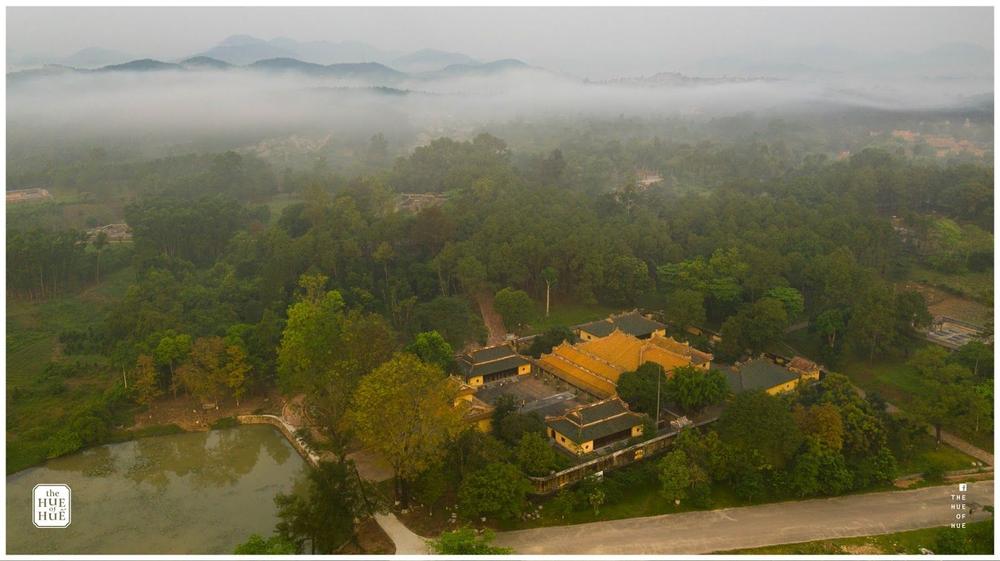
One of the notable things that makes Hue a famous historical and cultural city is the first UNESCO cultural heritage site, The complex of Hue monuments. Besides, there are systems of private palaces, tombs, and ancient spiritual spots such as pagodas and temples.
And what drives the emperor to choose this land as a citadel? The unique geographical and natural features of Hue, with The Ngu Binh Mountain (or the Royal Screen) and the Huong River (Perfume River) running through the capital, make it an essential Feng Shui spot alongside poetic natural scenery.
Here is a brief guide to the best of heritages in Hue, and promising provide you with some helpful info to decide which destination best suit you.
The complex of Hue monuments
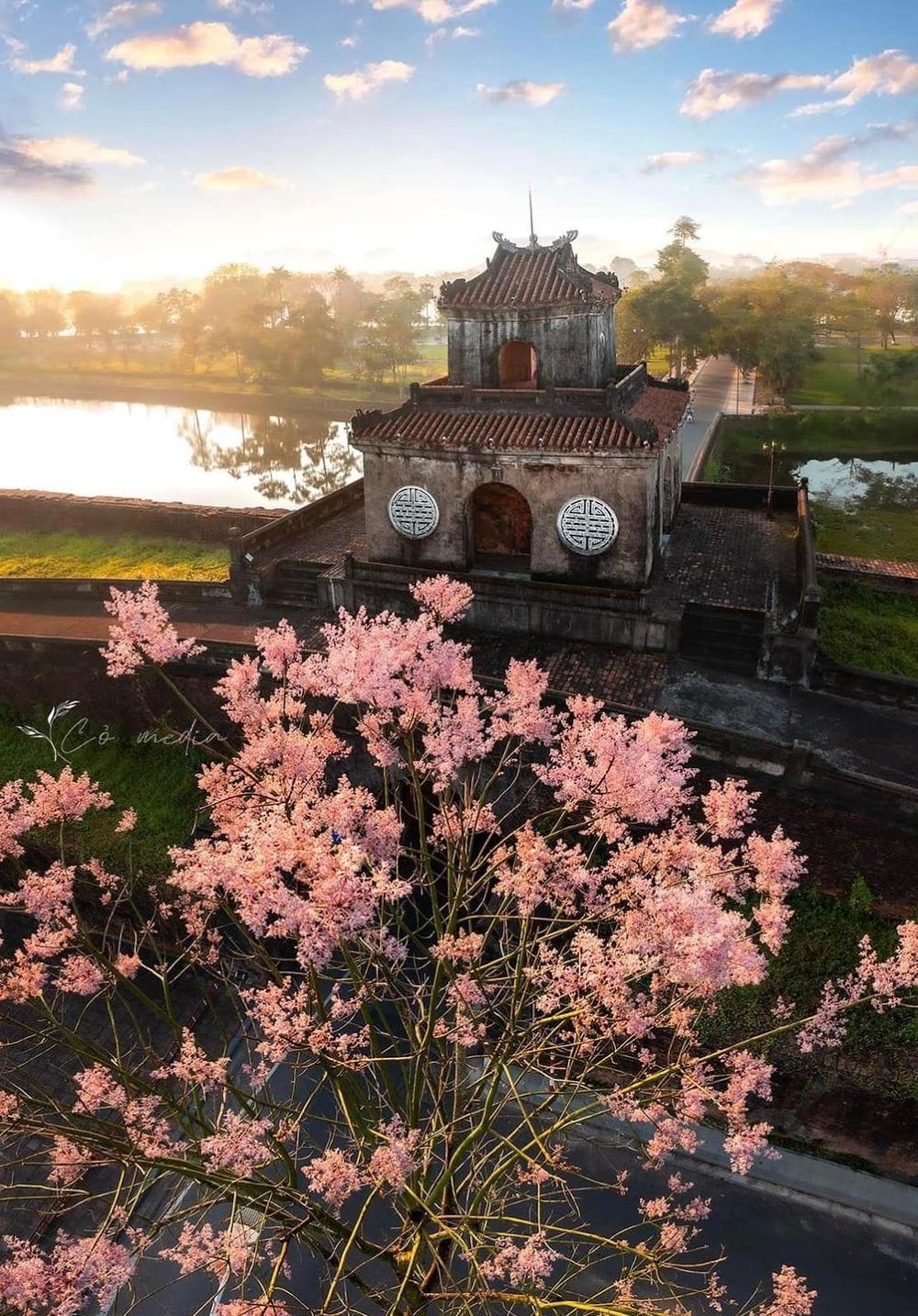
The complex of Hue monuments comprises The Hue Capital Citadel, the Royal Citadel or Imperial City, and the Forbidden Purple Citadel, which was constructed during the last royal Dynasty of Vietnam, the Nguyen (1802-1954). This royal civic center and the residential area is roughly 500 hectares and comprises around 140 construction sites. Among those, the Imperial city is the most significant.
The natural landscape of the Perfume River and the nearby mountains and hills shape the citadel, temples, and tombs in a precise geomantic principle. This structure represents the complex's symbolic meaning, aesthetic, and significance.
The tombs
Minh Mang Mausoleum- the earnest tomb of a mighty king
Minh Mang Mausoleum, or Hieu Mausoleum, is built as the final resting place for the most thriving King of the Nguyen Dynasty, Minh Mang. This place situates on 18 hectares of mountain land where the two brands of the river Huu Trach (the right river branch) and Ta Trach (the left river branch) meet to create upstream of the Huong River.
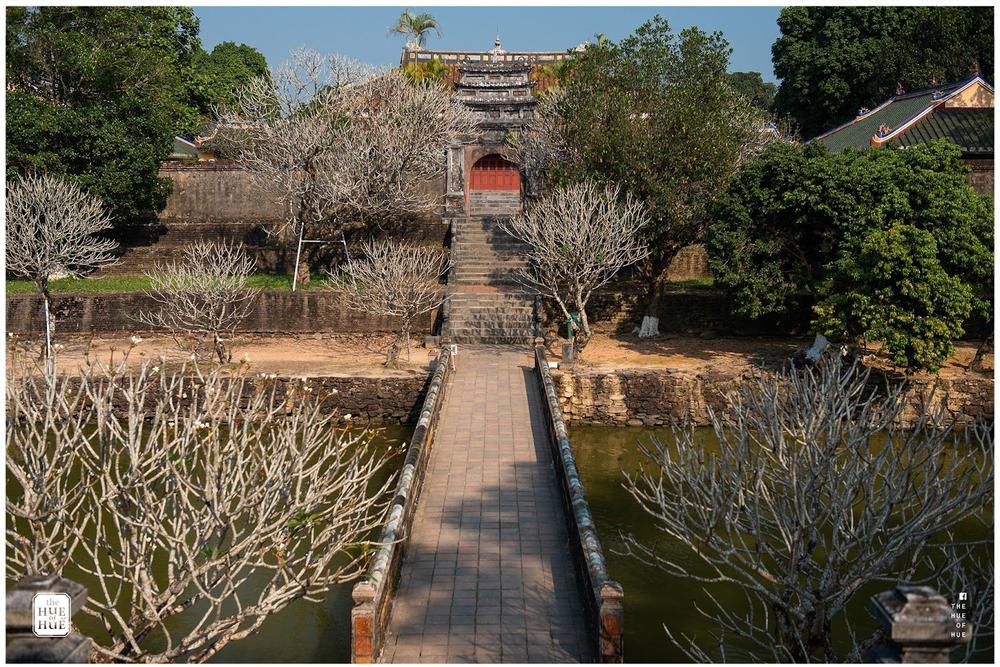
It took 14 years to find this location and three years for the King to finish construction. Unfortunately, Minh Mang died before building the tomb, so his son, King Thieu Tri, further completed this mausoleum. The stunning natural landscape of the location makes it an incomparable mausoleum, among others.
Thieu Tri Mausoleum - The delicate beauty of a humble King
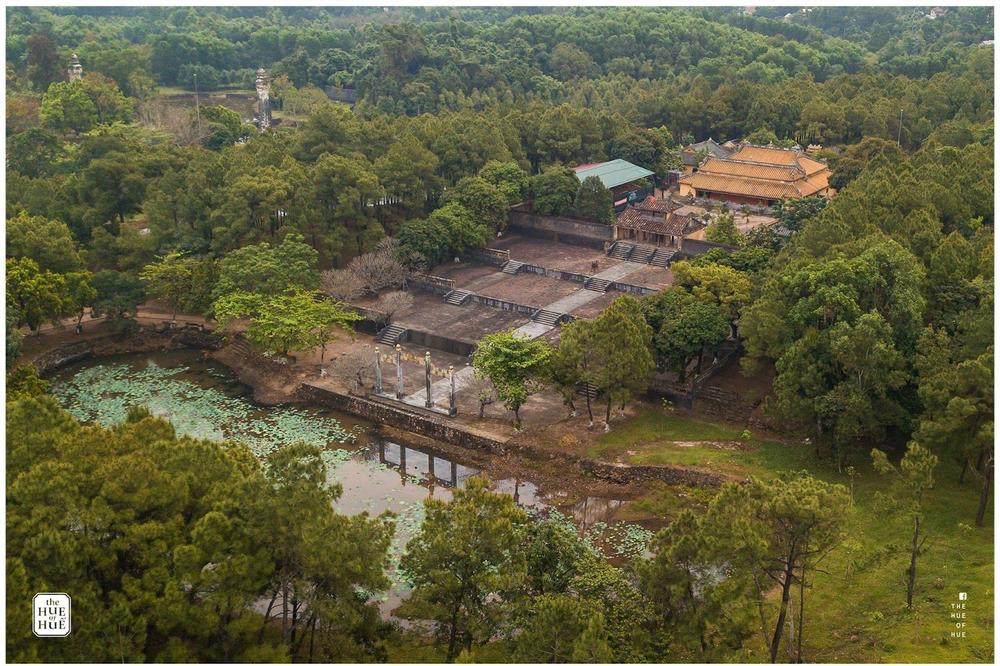
Thieu Tri Mausoleum is also known as Xuong Mausoleum. The word 'Xuong' means friendly and positive things. Thus, coming here, you can feel the caring heart and optimistic mind of a king who worries for the benefit of his people.
This tomb was built under the reign of his son, King Tu Duc. Bearing in mind his father's will, Tu Duc chose a gently sloped hill for the tomb for the convenience of the constructing men and built the site within a reasonable scale and budget to save the effort and resources of his citizens. It only took under ten months to finish the mausoleum but still ensured the majesty of the tomb. Unlike other mausoleums with physical stone or concrete walls surrounding, this tomb has natural walls made from tree rows, canals, and lakes. That makes this site a natural harmony and elegant mausoleum among all.
Tu Duc Mausoleum- A poetic place to rest
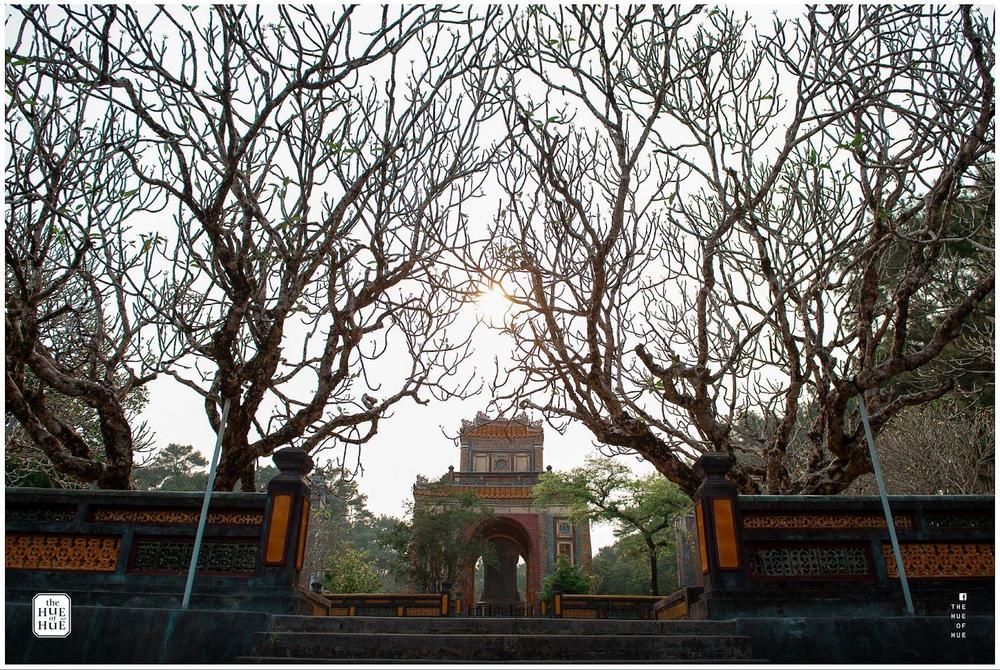
King Tu Duc has known as a kind and gentle emperor of the Nguyen Dynasty. He possessed a poetic soul and somewhat had a lonely life as he had no biological children. Thus his palace, located in the small valley of the city outskirt, serves the purpose of resting, staying away from the bustling of the citadel.

After he passed away, people changed the name from Tu Duc Palace or Khiem Palace to Tu Duc Tomb, or Khiem Mausoleum. The word 'Khiem' means 'humble' in English. The spacious space of delicate architecture, pleasant interior and exterior designs, and the humility and harmony with nature are the best descriptions of this place. Coming here, you can experience the sound of the wind flowing through the pine hill, the sound of the spring, and the birds singing.
Khai Dinh Tomb - the meticulous work of art
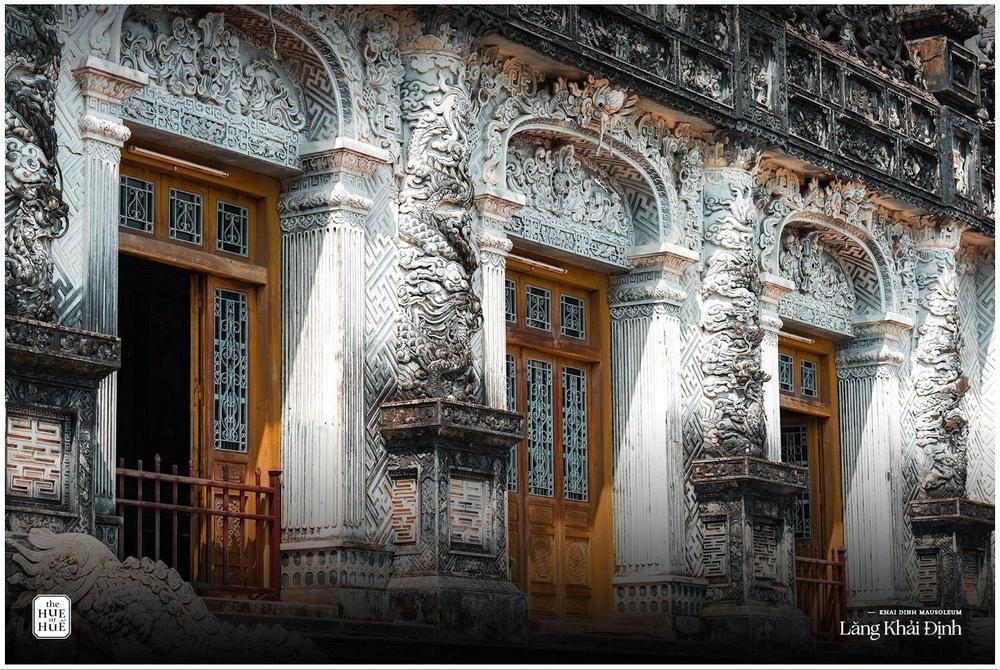
Khai Dinh or Ung Mausoleum, located 10km from the city center on a mountain, is the final place of Nguyen's twelfth emperor. Although being the smallest in size compared to other mausoleums, the Khai Dinh Tomb takes 11 years of construction to complete. Its standout feature is the royal mosaic art, costing so much effort and time to build such architecture.
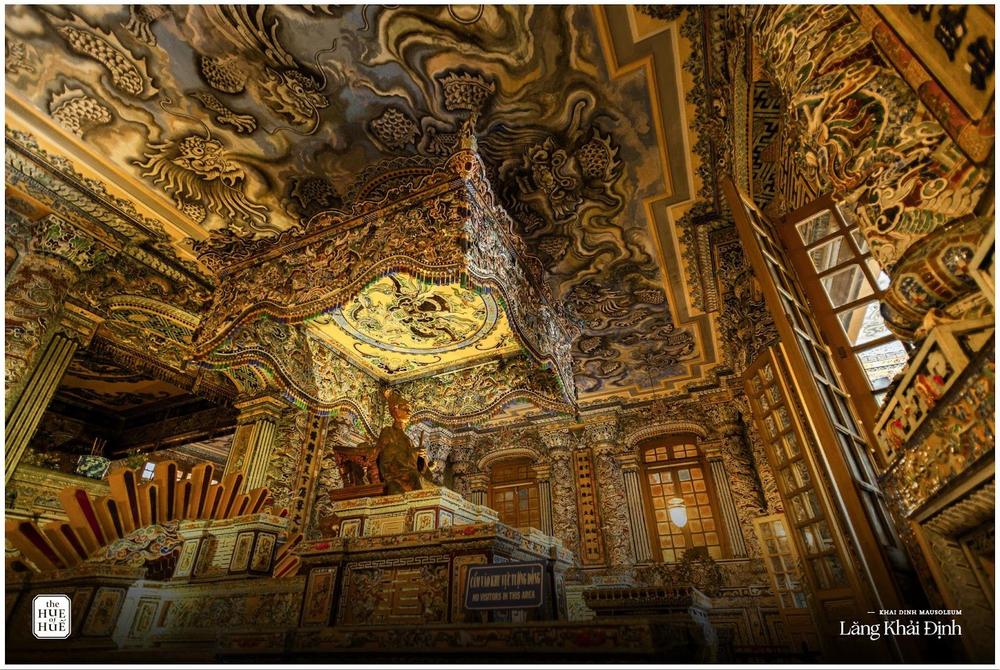
This tomb is under both European and Asian influences, which utilized concrete primarily and wrought iron for construction. Another unexpected feature is the contrast between the exterior and the interior of the mausoleum. While the outside appears cold with a dark grey structure, the inside reveals the warm and vibrant color of royal yellow and red paint, and the meticulous glass and porcelain mosaic walls and paintings.
An Dinh Palace - The Jewel of the citadel
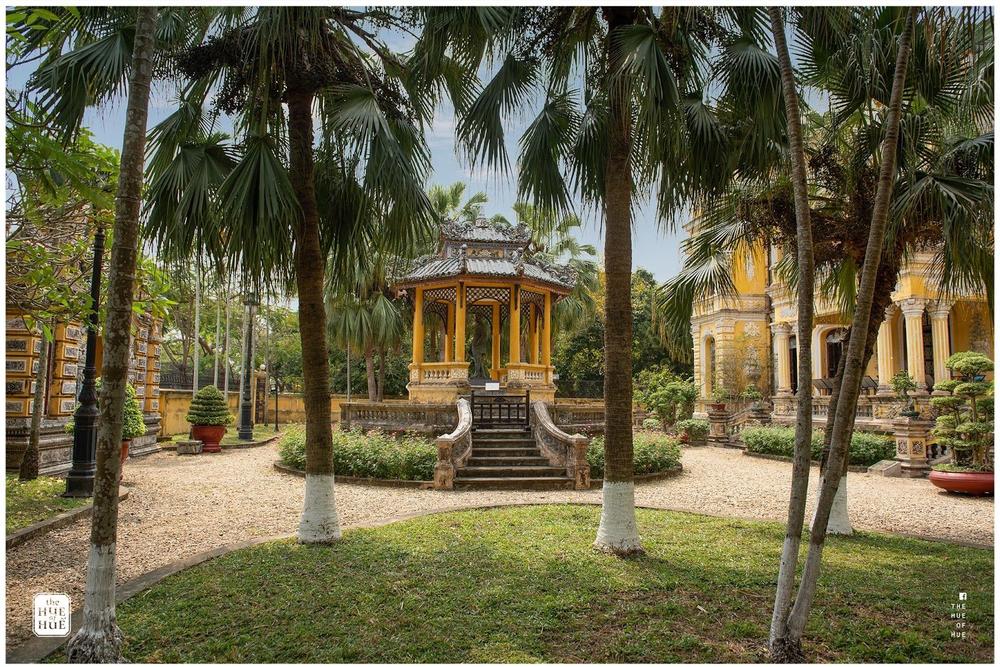
This site was built as a private residence for Emperor Khai Dinh and his family. However, it was complete after King Khai Dinh passed away, so the functionality of the building changed into welcoming foreign delegations, and the resting site of his wife, Madam Tu Cung.
The palace shows his art preference, the combination of both traditional architectures of the Nguyen royal dynasty (such as the four holy beasts, the four holy trees, and the eight weapons) and Western architecture (shown in interior decorations such as an archway, roman pillars, angels decorations).

This architectural piece is symbolic of the influences of western art on Vietnamese culture. It also represents the architectural style of Vietnam in the Neoclassicism era.
The pagoda/ temples
Tu Hieu Pagoda
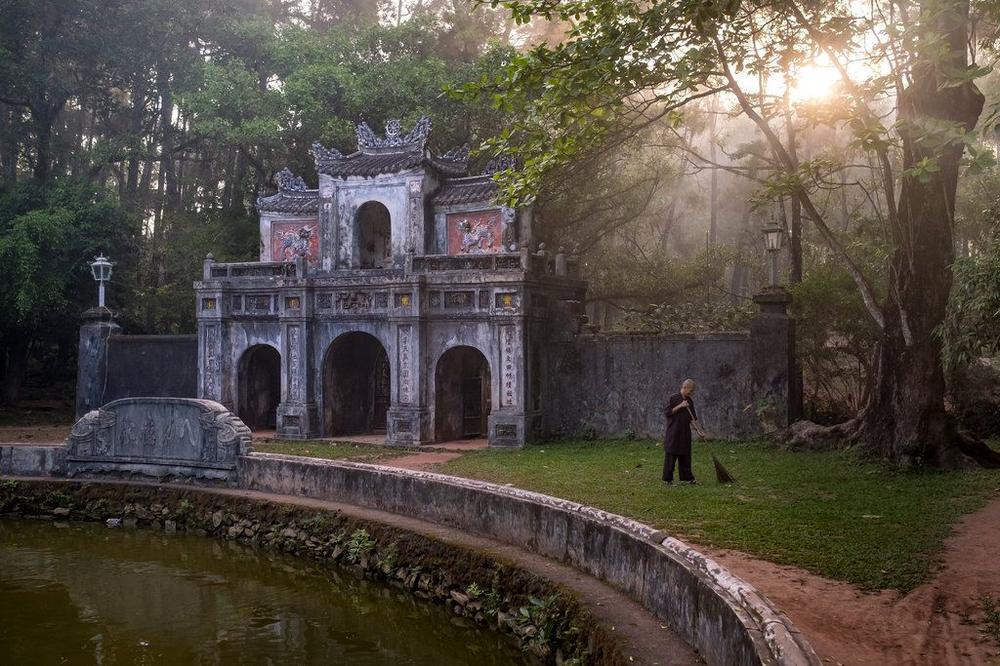
This place is known as the ancient pagoda of Hue, which was constructed in 1843. Initially, the pagoda published Buddhist scripture and discipline codes. Later on, Zen Master Thich Nhat Hanh took refuge in the triple gems and spent his childhood here. Eventually, after 70 years of living abroad, he came back to rest his final years in Tu Hieu Pagoda.
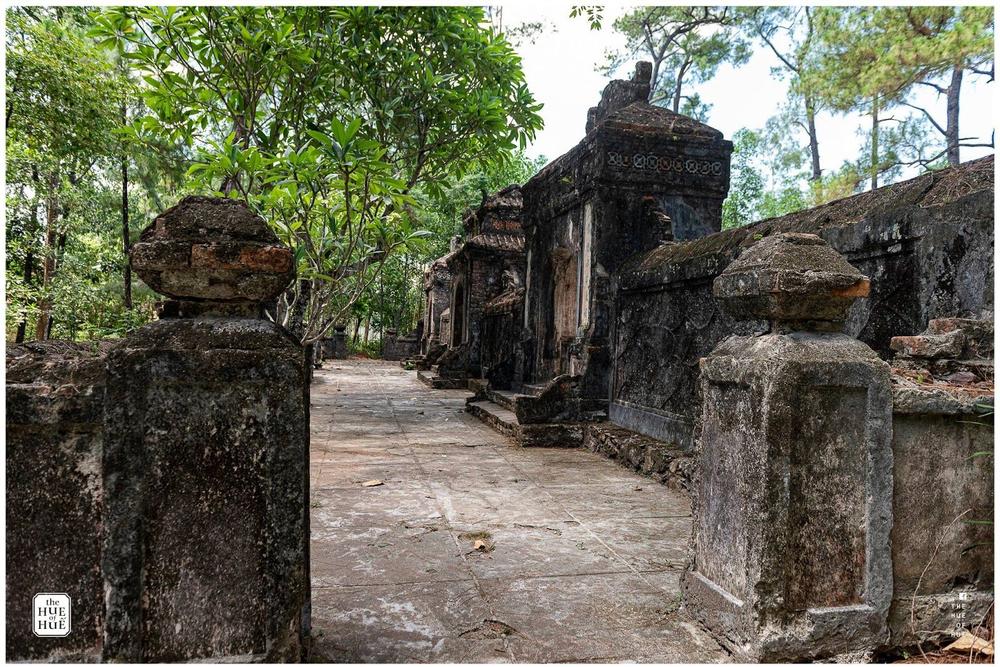
Tu Hieu has systems of ancient tombs and extensive land for trees and meditation gardens. Coming here, the peacefulness of the scenery, the sound of the spring, and the singing of the wind bells heal you on every step.
Thien Mu Pagoda
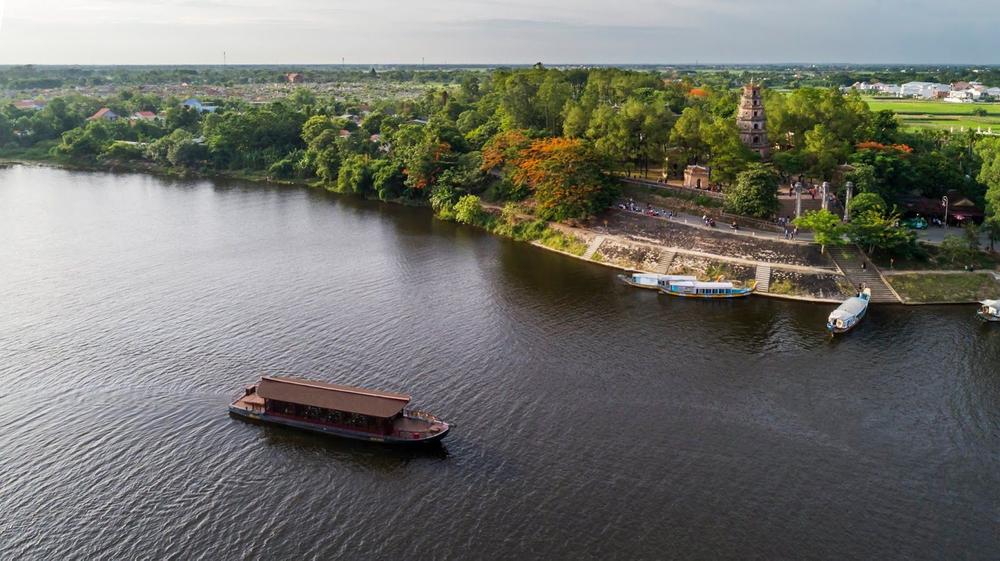
The name means Heaven Fairy Lady, which derives from an old tale about an old woman who appeared on the hill where the temple is now located and told the locals that the Lord would come here and build a pagoda for the sake of the country's prosperity.
The seven-storey Phuoc Duyen tower inside this temple, erected in 1884 by King Thieu Tri, is one of Hue's symbols besides the Trang Tien Bridge.
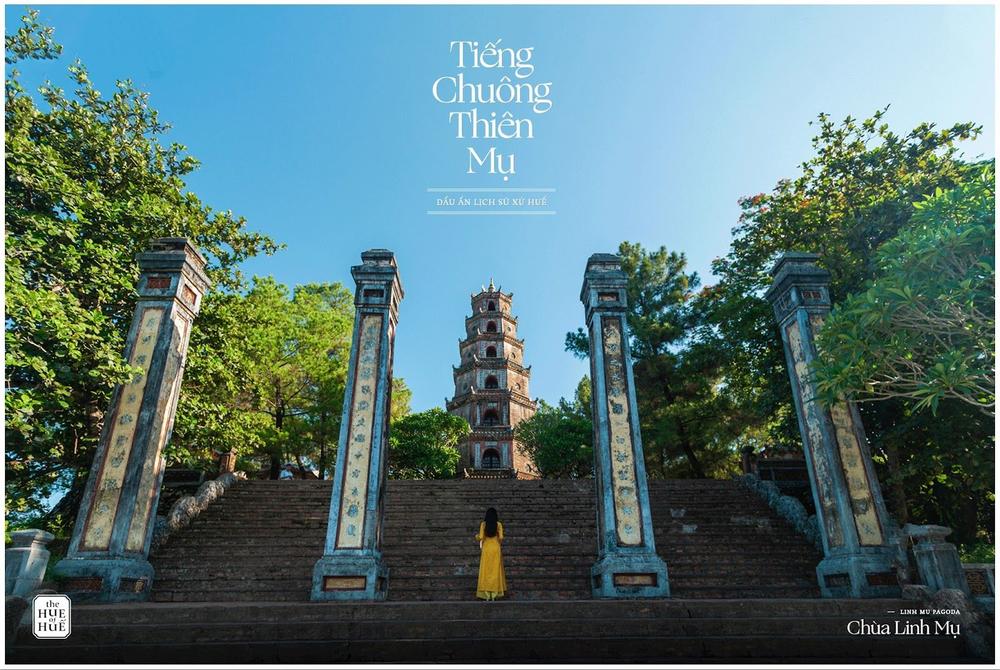
Those are the best heritages in Hue, which are aesthetically beautiful and full of historical and cultural values. Still, there are more heritages not mentioned in this article worth visiting as well. Take your time and explore Hue with ease!
